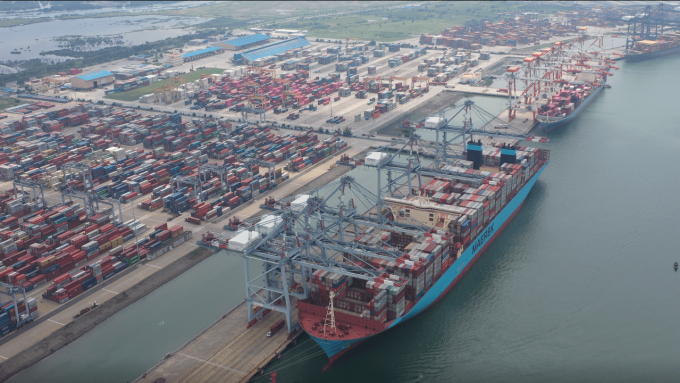Red Sea crisis forces Maersk to increase capacity over strategy limit
Maersk Line appears to have temporarily abandoned its strategy of maintaining capacity at no more ...

Maersk will launch two new weekly services on the transpacific in August to operate “exclusively” outside its 2M alliance with MSC and Zim slot charter partnership.
It said the services were timed to coincide with “the incoming peak surge” and it seems likely they will be targeted at the highly lucrative premium market.
The two new standalone loops – one from Asia to the US west coast and the other Asia-east coast – would “help normalise the network for our contracted customers”.
The ...
Transpacific sees first major MSC blanks as rates fall and volumes falter
'It’s healthy competition' Maersk tells forwarders bidding for same business
Opposition builds for final hearing on US plan to tax Chinese box ship calls
White House confirms automotive tariffs – 'a disaster for the industry'
New price hikes may slow ocean spot rate slide – but for how long?
Supply chain delays expected after earthquake hits Myanmar
Shippers snap up airfreight capacity to US ahead of tariff deadline
Tighter EU import requirements proving 'a challenge' for forwarders

Comment on this article